Welcome to Association of People - Living With HIV Pakistan
Click here to Watch Video.

HIV is the Human Immunodeficiency Virus. It is the virus that destroys and damages the defensive system/immune system of human body and leads to AIDS.
Learn More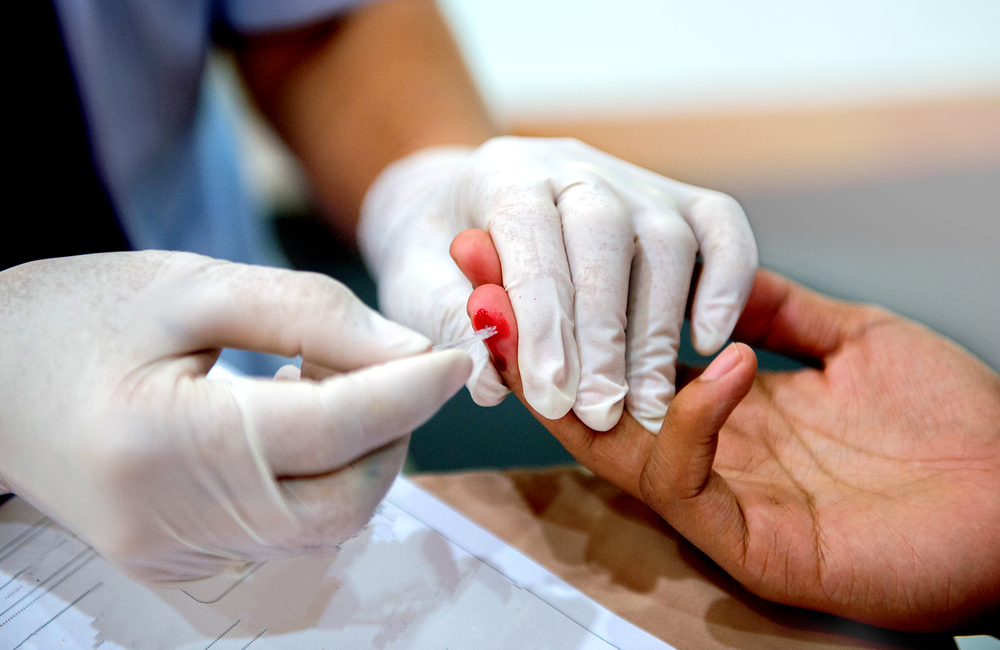
Test is the only way to know the status. No one can decide about the status without tests. Free tests are offered by both public and private sectors free of cost across the country. The list is attached at the end.
Learn More
There is no cure but the disease can be treated by taking ARV/ART.(special HIV medicines) at least once a day regularly on daily bases for the rest of your life.
Learn More
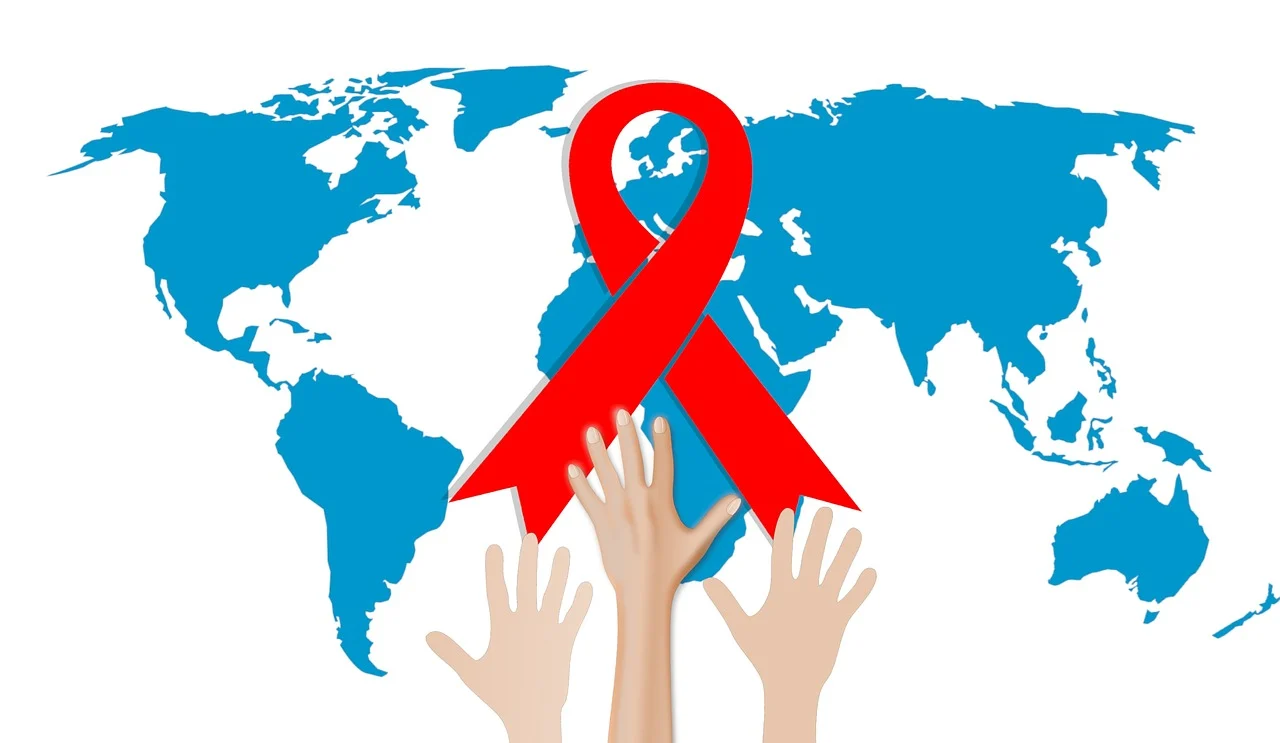
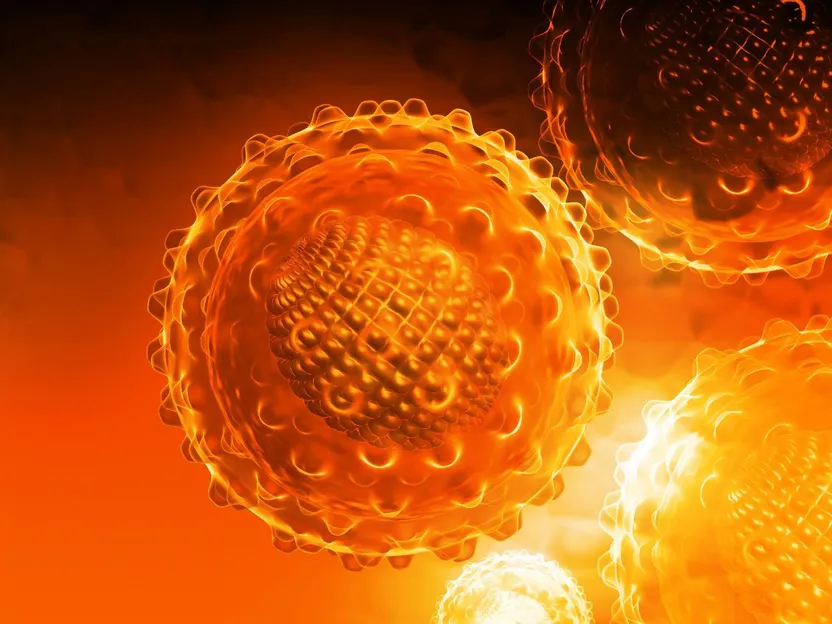

Coronavirus disease (COVID-19) is an infectious disease caused by the SARS-CoV-2 virus.
Learn More
Mpox (previously known as monkeypox) is a viral disease caused by an orthopoxvirus called monkeypox virus...
Learn More
TB is caused by bacteria (Mycobacterium tuberculosis) and it most often affects the lungs. Learn More
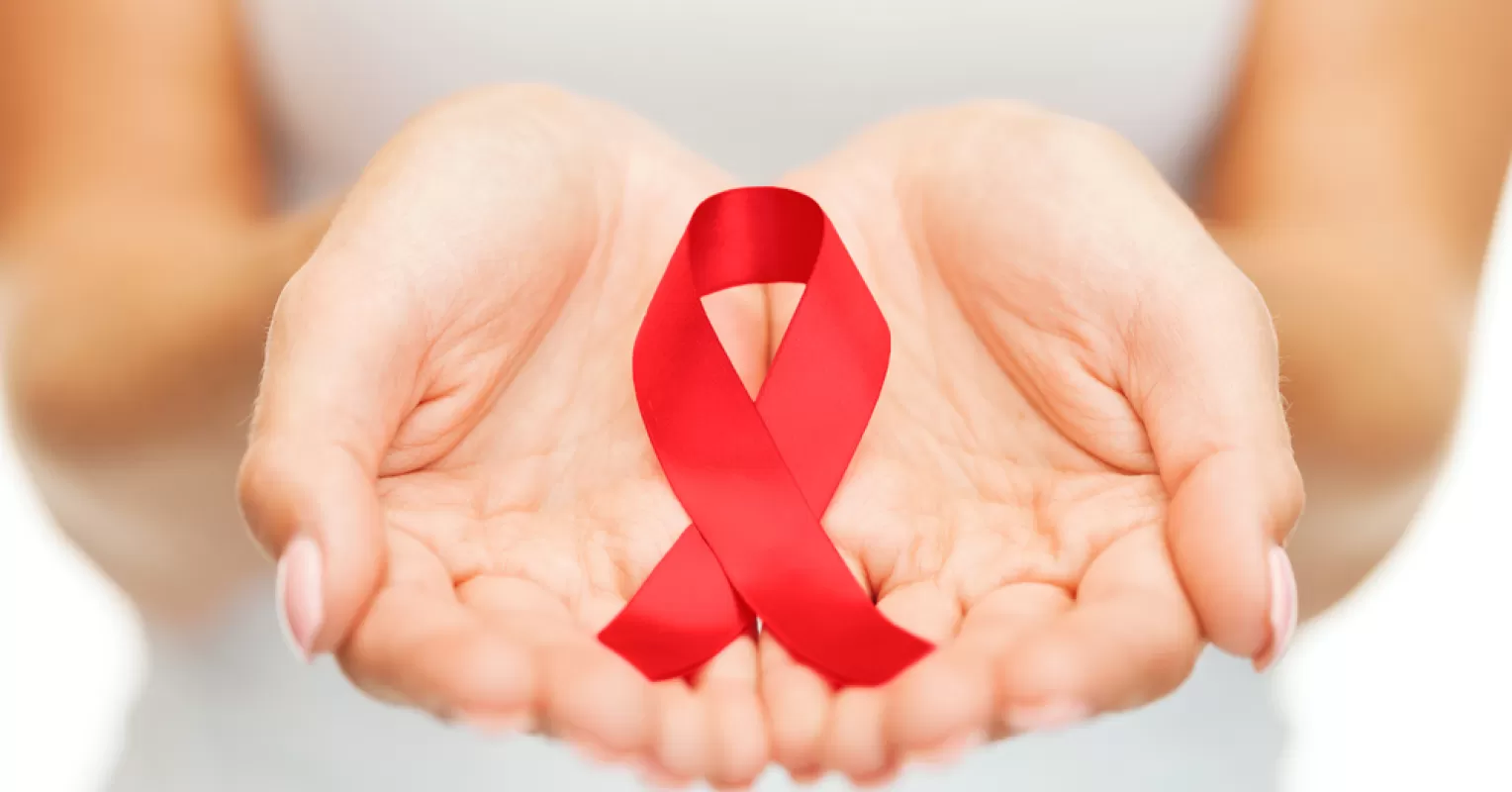
A society where people living with HIV, affected by HIV, at risk of HIV and associated key Populations have equal rights and live with dignity and free of any kind of stigma and discrimination.
To improve the quality of life of People living with HIV, affected by HIV, at risk of HIV and associated Key Populations and their families ensuring their active participation in society and contribution to HIV response.
To contribute effectively to the implementation of Pakistan AIDS Strategy, provincial and regional AIDS Strategies

This is the 1st ever National/country level project under New Funding Model [NFM] of the Global Fund. This project has...

Performance Of The APLHIV In This Regional Project: It is worth mentioning that the APLHIV has been the best performer under...

INTRODUCTION & BACKGROUND: The rights of individuals to access SRH services, and to make their own decisions about their SRH care,...
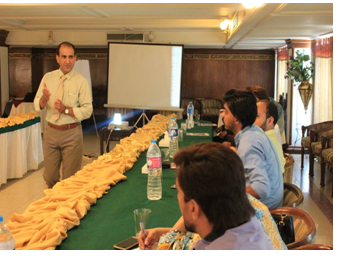
Viral load testing Viral load testing is critical for two reasons. First, it identifies people who are having problems regularly taking...

Communtiy CCM Member The APLHIV-Pakistan floated an idea and proposal to its Regional partner to take initiative to capacitate community CCM...

Viral load testing is critical for two reasons. First, it identifies people who are having problems regularly taking their medicines,...
0800-22209
info@theaplhiv.org.pk
No. 684, Street No. 43, National Police Foundation, E-11/3 Islamabad-Pakistan